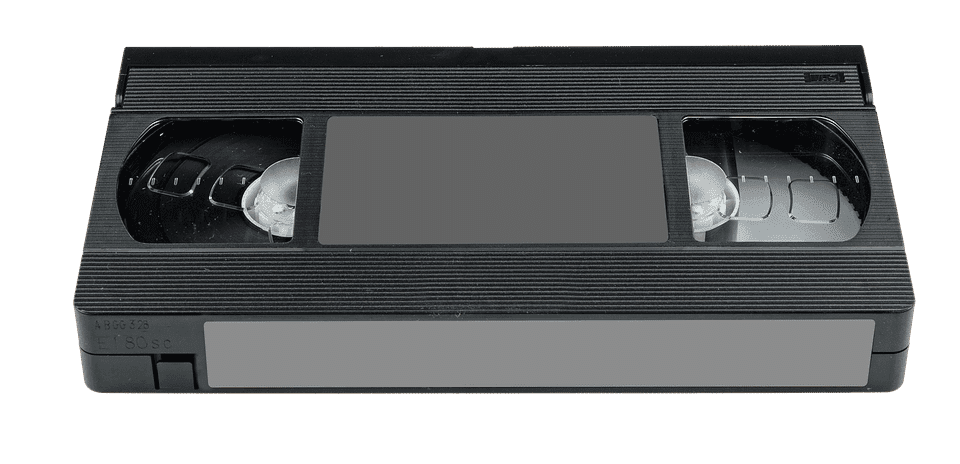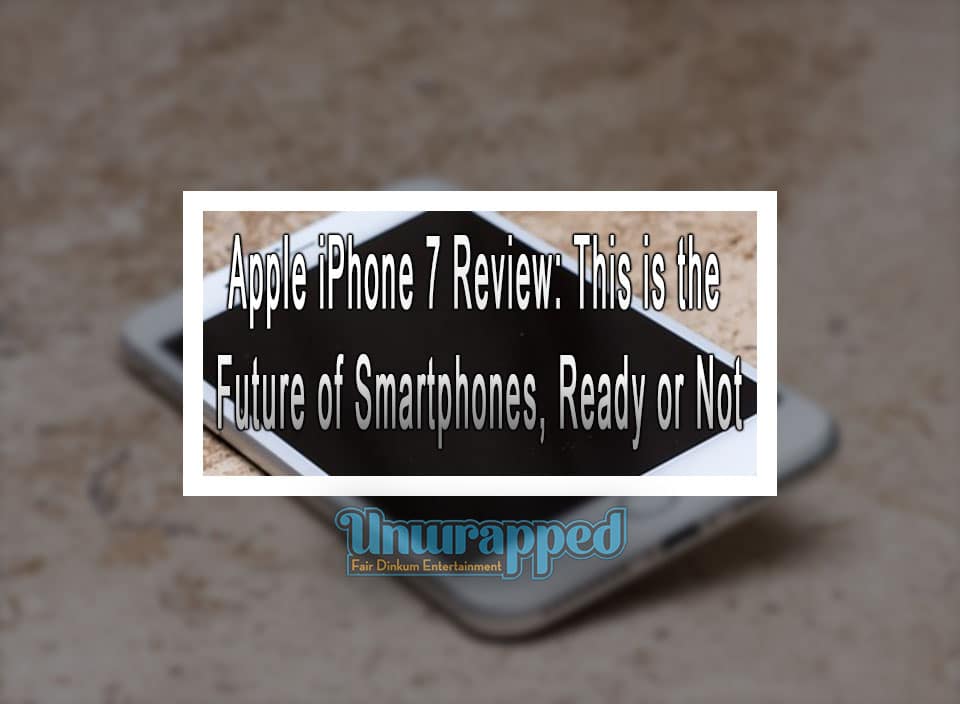Top 10 Savy Tech Products that Bid Farewell in 2016
2016 is one of those years blamed for having snatched from us the highest number of celebrities, including George Michael. But the same year is also praised and frowned in equal measures by the tech enthusiasts. More innovative products were released into the market including Amazon’s first commercial delivery of drones and Uber made significant progress with its self-driven cars. However, others like the Samsung Galaxy Note 7 failed to withstand the limits and burst into flames.
More tech products from giant companies have quietly gone into the night this year. We saw a halt on the production of VCR while the dominant Apple issued a death sentence to its 3.5mm headphone jack.
This article takes us through the top 10 tech products that we once loved but couldn’t withstand the test of time. However if your looking for more updated tech explore the smartwatch world for some of the best technology in 2020.
iPhone 3.5mm Headphone Port
Apple pulled quite a lot of strings this year to offer us with its flagship smartphone, iPhone 7. For the first time, Apple acknowledged the demand of its customers to make a water/dustproof smartphone. But to achieve that, the company explains, they had to make sacrifices as well.
Apple eliminated the headphone jack from its iPhone 7 citing the need to make the device more waterproof. In addition, the company said that the technology was no longer needed in our era apart from creating room for a bigger battery.
Well, it’s true that iPhone 7 comes with a set of improvements compared to its predecessor iPhone 6 including the ability to remain submerged in water for 30 min and extended battery life. However, the reasons are given for eliminating the headphone jack, if you ask me, I would say they are all too shallow. Its close rival, the Galaxy S7 has achieved higher water/dust resistance and longer battery life while still maintaining the 3.5mm port.
In replacement, Apple issued the option for wireless headphones using its AirPods or any other preferred manufacturers. For the conservatives who do not want to give up on their much loved wired headphones, the lightning port was availed as a viable option.
The concept of wireless headsets might take time for a mass audience to accept, but it’s a part of Apple’s big effort to propel the audio market forward. In a few years, we’ll likely look back on how weird it was that we once wore wires dangling from our ears.
The Galaxy Note 7 Catastrophe
If there is a year Samsung was to quit the smartphone market, that year would be the one we are just bidding goodbye. Apart from exploding washing machines and a set of other failed technologies, the Korean based firm saw the rise and fall of its own flagship device – Note 7. Just within months of its release, users all over began to complain about explosions as the phone charges. It did not take long before the company was hit by lawsuits.
Samsung tried to calm the waters but before progress could be made, the transportation industry set in. Most airlines banned users from carrying the galaxy Note 7 to the planes with fears that it could pose danger to the other passengers.
Analysts believe the Note 7 debacle will put a $9.5 billion dent in sales and eliminate $5 billion in profits.
Apart from cancelling the production of Galaxy Note 7, Samsung recalled 3 million washing machines. Let’s hope its new Galaxy S7 will help shield all the harms caused by Note 7.
No More Video Cassette Recorders!
Time moves fast – especially in the technology world. This is a testimony that can be well stated by Japanese company Funai Electric, which made quite a fortune in the 1950s from the production of the VCR. The technology has served us for a solid 50 years and in 2015, Funai Electric still managed to sell 750,000 VCRs.

When the company was still riding high, it made as much as 15 million sales but all that was taken away when DVDs, Blu-ray discs and eventually streaming took effect.
So as to ensure it lives in reality, Funai electric has ceased production of the VCRs.
Hoverboards
2015’s most coveted holiday gift, the hoverboards experienced a rough year in 2016.
Reports emerged that the devices were unsafe as they constantly exploded into flames. This prompted the retailers to immediately empty their shelves while transportation agencies placed a ban on them. All this culminated in a recall of over 500,000 hoverboards.
The lithium-ion battery packs were blamed for the explosions. These are the same found in the Galaxy Note 7. The manufacturers put up new safety measures as hoverboards began to get slight resurgence later on in the year.
Pebble
Pebble, once the darling of the smartwatch world, recently sold off its software division to fitness tracking company Fitbit. As you would expect, the news was not well received by Pebble users.
The $40 million deal alternatively meant that current Pebble owners will not get any software updates. As we all know, without such updates the devices will soon become obsolete.
But that’s not it! Rumor has it that Pebble is pulling production on its Pebble Time 2 watch, which recently wrapped up a Kickstarter campaign. It seems the early bird won’t catch the warmth here as the early backers will soon be refunded.
Departure of Pebble from the smartwatch is something that draws a lot of attention considering the company was the first to make waterproof smartwatch – long before Samsung Gear and Apple Watch.
There is a possibility that Fitbit may use the newly bought software to explore the smartwatch world.
Bye Bye Sunrise App
Microsoft gave us a Sunrise app that unfortunately sunsetted in 2016.
The Windows giant bought its famous calendar app due to the sleep design and social features late 2015. Before a year could end, Microsoft found it necessary to kill Sunrise and blend the features in Outlook, its email service.
The integration allows users to directly make Skype calls within Outlook.
Facebook’s Paper App
Frequently referred to as the future of reading news, Facebook issued us with a beautiful design for displaying content in your news feed.
However, this app did not pick up as expected.
Among the great things that came with Paper was Instant Articles that allowed users to browse and download articles from popular media outlets directly to their phones. But the social media firm did not fully crash the technology because it now has Instant articles as an independent feature.
Google Picasa
In March this year, Google turned focus on its Picasa app – a service that allows you to share and store photos.
Last year, Google had launched the much successful Google Photos and running Picasa and Google Photos concurrently seemed a futile effort so the firm canceled the latter.
Over time, Picasa had become a darling to most users, allowing them to edit and organize their digital photos. Thus as you would expect, users were displeased with the demise. To ensure a smooth transition, Google made it possible to access existing albums and photos after logging into Google Photos.
Motorola
A company attributed for the very first walkie-talkie, Motorola hasn’t had it easier in recent times. From 2012, it has been purchased two times. The first buyer was Google at a price of $12.5 billion. This helped kick-off Google’s hardware business.
However, the Moto X smartphone did not sale as expected and thus Google ultimately sold the entire company to Lenovo for $2.9 billion.
Lenovo swiftly made changes including killing off the Motorola name. The parent company now blends the two brands together under a “Moto by Lenovo” moniker.
As at the moment, Motorola holds ground in Bluetooth headsets and smartphones.
Google’s Project Ara
Ever heard of being able to design your own smartphone? Well, that’s exactly the capability that Google wants to give you. The first shipment of the Ara phone was expected to be this fall but Google will no longer bring it to the market.
The ATAP team took as long as three years on the experiment. The testing was done in Puerto Rico and Google eventually announced that the technology is too costly thus will not hit the mass market.
Main Image Source : Pixabay
Also See : HP Pavilion x2 Review | Laptop Reviews
How to Submit URL for Google Indexing – Submit Link to Google









